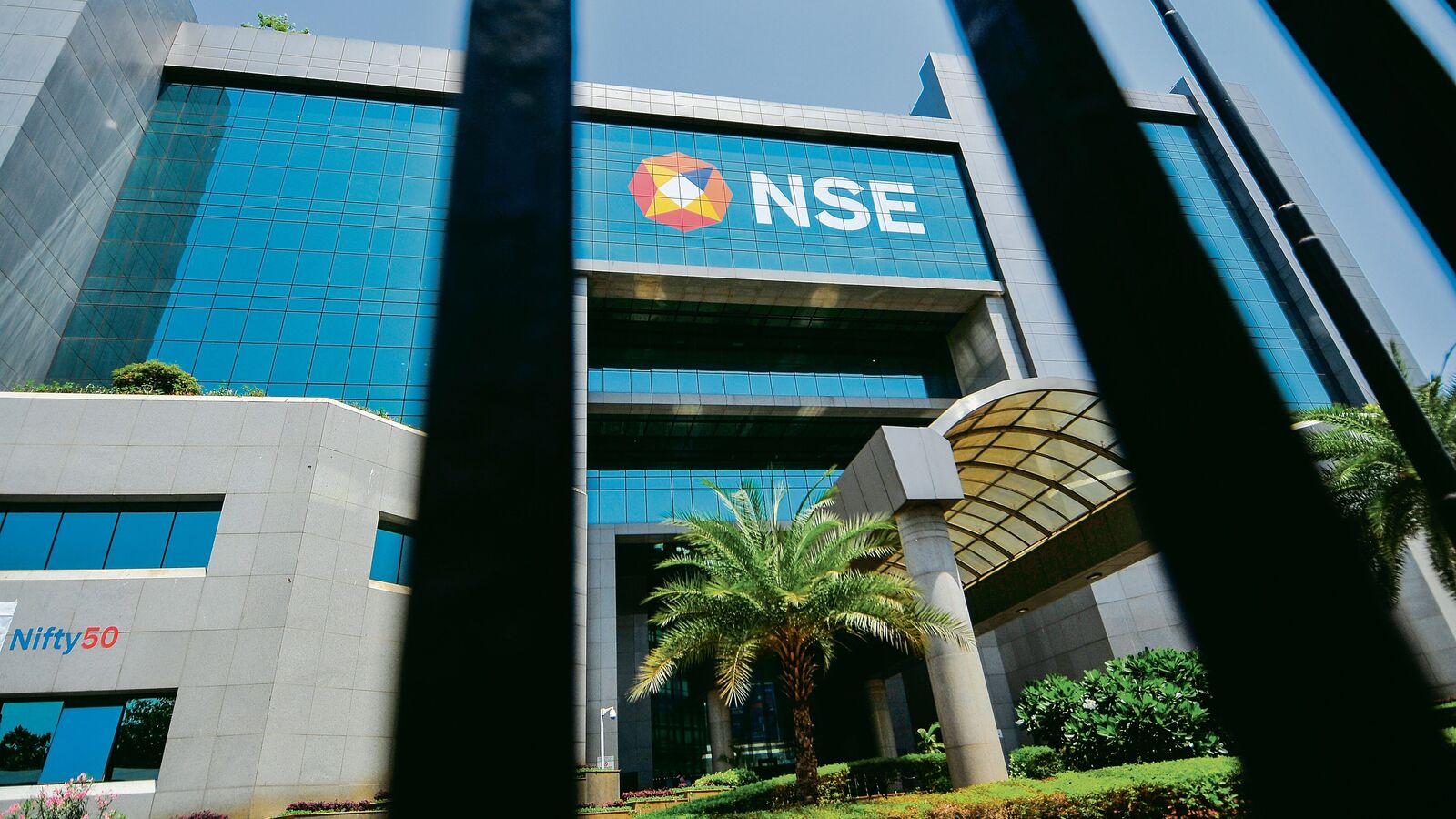Settlement Approved in Major NSE Case
The Securities and Exchange Board of India (SEBI) has made headlines by approving a remarkable ₹643-crore settlement—marking the largest in its history—related to serious allegations against the National Stock Exchange (NSE) and its former executives, Vikram Limaye and Umesh Jain.
This investigation centered around accusations that NSE and its leadership failed to implement necessary measures to prevent high-frequency traders from exploiting a particular technology, granting them an unfair edge over other market participants.
Understanding the Technology: Trading Access Point (TAP)
The core of the issue lies with the Trading Access Point (TAP), a software application that the NSE introduced in 2008. This software was designed for trading members to manage their connections and order messages within the NSE’s trading system.
Evolution of TAP
Although the NSE rolled out a ‘trimmed TAP’ feature in December 2013 and a ‘direct connect’ alternative in February 2016, TAP remained in use in the equity sector until September 2019.
Allegations of Manipulation
In 2013, allegations surfaced in a complaint to SEBI stating that high-frequency traders had manipulated the TAP software for dishonest advantages, enabling them to bypass transaction fees and execute orders unnoticed by others.
The misuse of TAP was discovered during a broader investigation into the colocation scam, which involved former NSE executives Chitra Ramkrishna and Ravi Narain, and was prompted by complaints from whistleblowers highlighting unequal access for specific brokers.
SEBI initially ordered the NSE to return ₹624.89 crore, a penalty later reduced to ₹100 crore by the Securities Appellate Tribunal. However, on September 3, SEBI eventually closed the colocation case against the NSE and its officials due to insufficient evidence.
Implications of the Settlement
According to securities lawyer Chirag M. Shah, this settlement concludes a troubling chapter for the NSE, especially as it prepares for an Initial Public Offering (IPO). He emphasized the importance of resolving legacy issues promptly to avoid complications in the potential public market debut.
Shah noted, “NSE intends to launch its IPO, hence any legacy issues should not be allowed to persist and complicate potential listings. This settlement is a positive development.”
The TAP Case: In-Depth
In detail, the allegations against the NSE in the TAP case were that they lacked effective measures to prevent the bypassing of the TAP system. Despite multiple complaints, it was claimed that the shortcomings in the TAP system were not reported to NSE’s Standing Committee on Technology (SCOT) as required.
SEBI issued a show-cause notice to the NSE and its top executives, including Limaye and Jain. While these proceedings were ongoing, the accused sought to settle the matter, neither admitting nor denying the findings against them.
Recommendations for Settlement
A high-powered advisory committee reviewed the settlement applications and recommended a total penalty of ₹643 crore. Furthermore, it called for a minimum of 14 days of community service this financial year for the involved executives, with an exception for G.M. Shenoy, a former vice president of NSE Infotech.
On September 25, the NSE and other defendants confirmed the remittance of the penalty amount. Those accused, excluding NSE and Shenoy, submitted commitments for community service.
With these formalities completed, SEBI officially wrapped up the investigation into the misuse of TAP, ending a complicated chapter in the NSE’s operational history.












